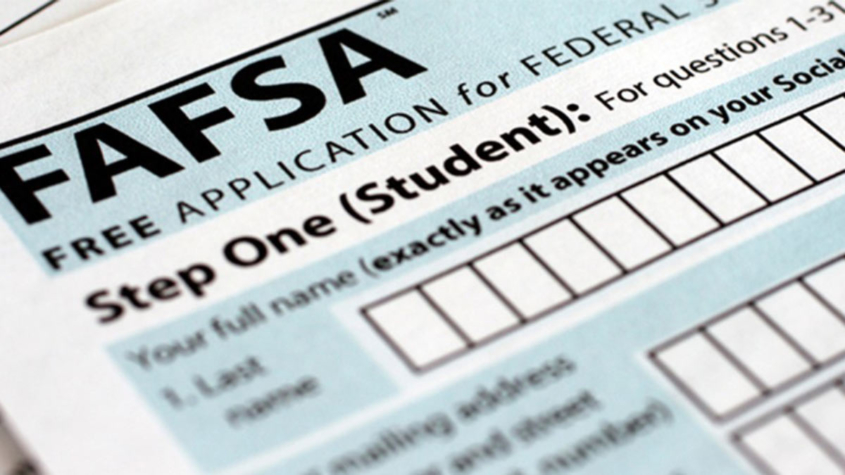Prospective students lagging behind on financial assistance applications
(Ashland, Ore.) — The Southern Oregon University financial aid office and Oregon’s Higher Education Coordinating Commission have an urgent message to anyone considering college this fall: the time is now to submit applications for public and private assistance that can help make higher education affordable.
The HECC reported that the completion rate for Free Application for Federal Student Aid (FAFSA) forms as of Jan. 1 was 15 percent lower among this year’s high school seniors in Oregon than it was at the same date in 2020. Kristen Duncan, SOU’s financial aid director, said her office is seeing about a 10 percent decline in FAFSA submissions for the 2021-22 academic year.
She emphasized that financial wellness and success for many students begins with submission of the FAFSA or ORSAA (Oregon State Aid Application) – the two aid applications that cover most forms of government assistance and many private resources.
“By filling out this application, students are ensuring that they will be eligible for some form of federal aid – both need-based grants and the option to borrow Federal Student Loans,” Duncan said. “The FAFSA takes just under 20 minutes to fill out from start to finish, and is available via your smartphone and tablet by downloading the MyStudentAid app.
“The FAFSA does not have an official deadline, but needs to filled out before June 30 to be considered for aid. Not filling out this federal application can limit the amount of aid that a student can receive from the school of their choice. It affects everything from outside scholarships to school-specific scholarships.”
Duncan pointed out that – as its name implies – there is no cost to complete or submit the FAFSA, and most who do so are eligible for one or more forms of aid. “Not filling out the FAFSA is the number one biggest mistake a student can make if they are trying to pay for college,” she said.
The HECC noted in a recent memo to Oregon’s colleges and universities that FAFSA and ORSAA submissions – which are down a combined 13 percent this year – are particularly important to students experiencing poverty, students of color and those from rural areas. The agency suggested that disruptions and uncertainty caused by the COVID-19 pandemic over the past year have caused the drop-off in financial aid applications.
“This decline means that many high school seniors, continuing college students and adults seeking to continue their education or workforce training could miss out on financial assistance that can make education more affordable,” the HECC said.
Completion of the financial aid forms keeps options open for accessing and using aid anytime in the upcoming academic year.
Information from FAFSA and ORSAA submissions determines students’ eligibility for public grants and numerous scholarships. The ORSAA is Oregon’s alternative to the FAFSA for students with Deferred Action for Childhood Arrivals (DACA) and/or undocumented status.
The applications can be submitted throughout the academic year, but several private scholarships and institutional aid programs have spring deadlines. Some grants also have limited funding, so filing late could mean missing out.
Data from the National Center for Education Statistics (NCES) data shows that students who complete the FAFSA are 84 percent more likely to enroll in postsecondary education.
-SOU-



